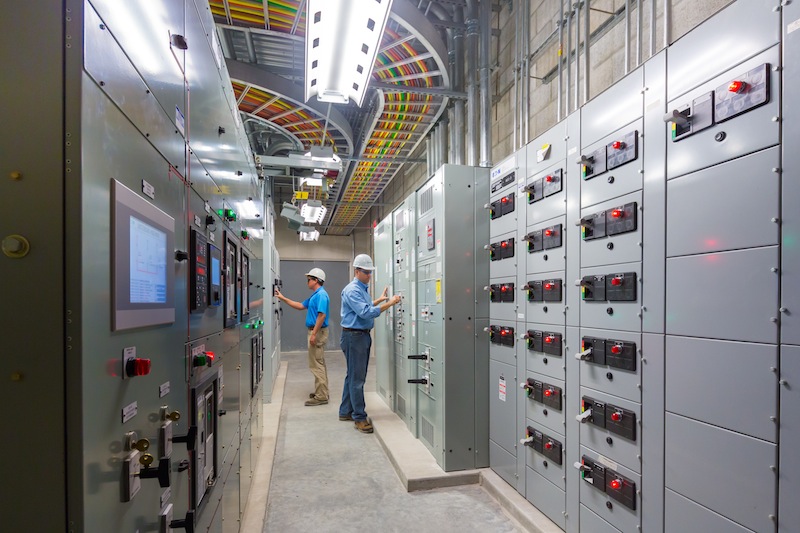Every single piece of equipment in a food processing facility – from processing equipment to compressors, chillers and the machine room – requires some form of power whether it’s electricity, steam, hot water, or compressed air. Determining the utility requirements of the plant’s operating systems is a critical part of the design process that involves the plant’s owner, as well as the mechanical and electrical engineering team.
Plant owners need to play an integral role in developing the plant’s utility matrix, which outlines detailed specifications on each piece of equipment, so engineers can determine the plant’s utility requirements. To many engineers, this is the single most critical document during the design phase. It can be a painstaking process for a plant owner to complete the matrix, but having the right level of detail can save time and money in the long run.
Key attributes of the utility matrix should include:
- The matrix is a single document that should be clear and concise and contain information needed by both mechanical and electrical engineers to appropriately size their systems to meet the plant’s needs.
- Ideally, plant owners can provide the specific manufacturer requirements for each piece of equipment. This will allow engineers to determine the exact power requirements, circuit sizes, voltage, and distribution panels for the entire system.
- Engineers can also gather the necessary information to calculate power source needs. If natural gas is used to power equipment, what amount and pressure is required to keep the systems operating efficiently? For processes that require water, what flow rate and temperature is needed? What are the voltage and horsepower requirements of each machine?
- As the project progresses and more information is added to the matrix, engineers can see how the systems are impacting the load and determine if design changes or modifications are needed. For example, if the compressed air load goes up slightly, engineers may need to re-address the projected number of air compressors.
- Gathering the data and information necessary to complete the matrix encourages plant owners to plan ahead for future needs. If they know the company is planning a future line, it’s important to include it in the matrix. Most engineers will use a phased approach that shows immediate versus future utility needs of the plant.
- Engineers can forecast energy costs based on the plant’s utility requirements. This may be helpful in selecting one equipment manufacturer over another based on projected energy costs. For example, the matrix may help determine whether selecting a central natural gas water boiler versus a local electric water heater is more cost effective based on initial costs and ongoing energy usage.
While the matrix is a very valuable tool in developing a plant’s design, keeping the information up to date and informing team members of changes is just as important. A design project manager should oversee this process to ensure that all teams are updated throughout the process.



